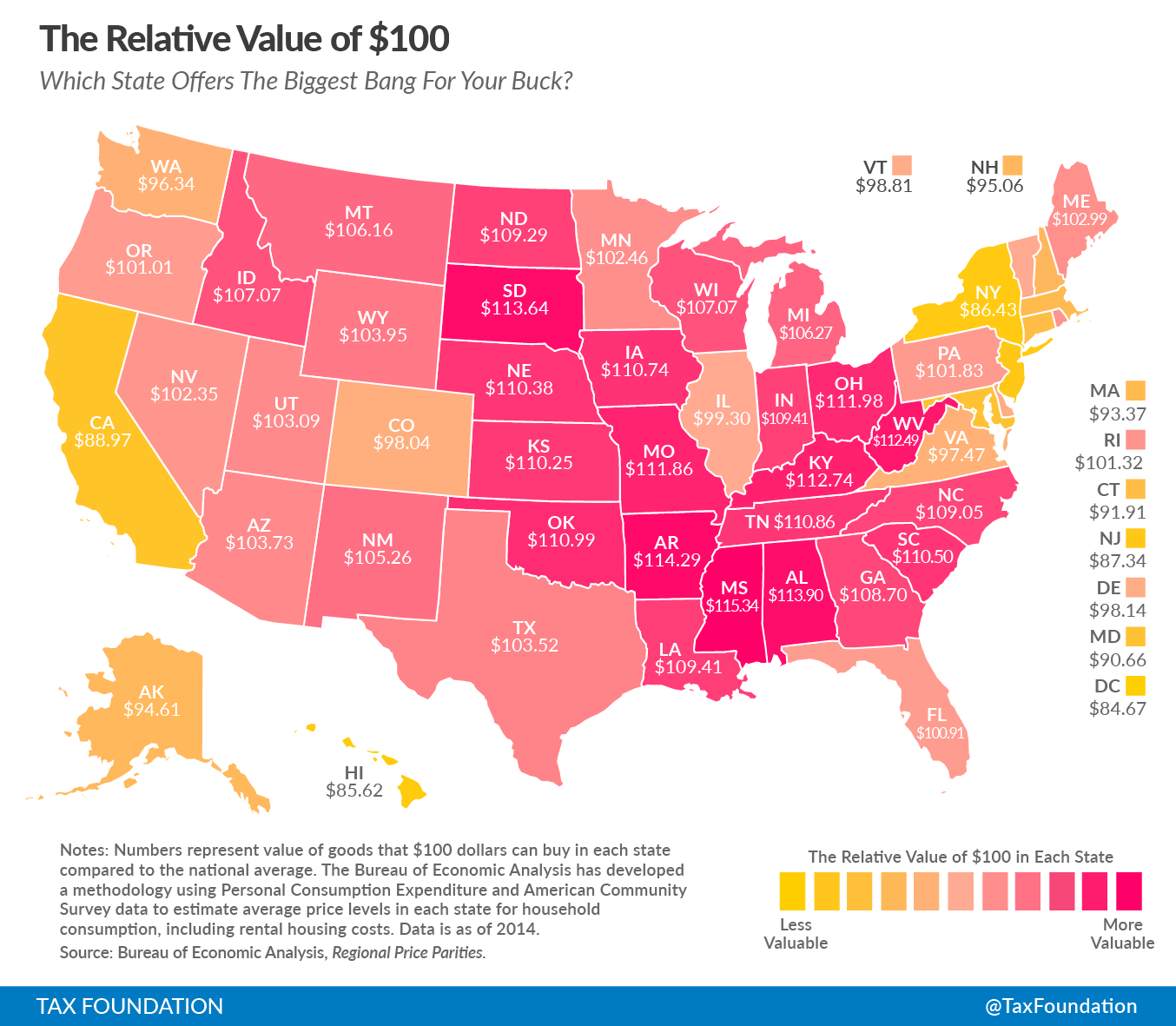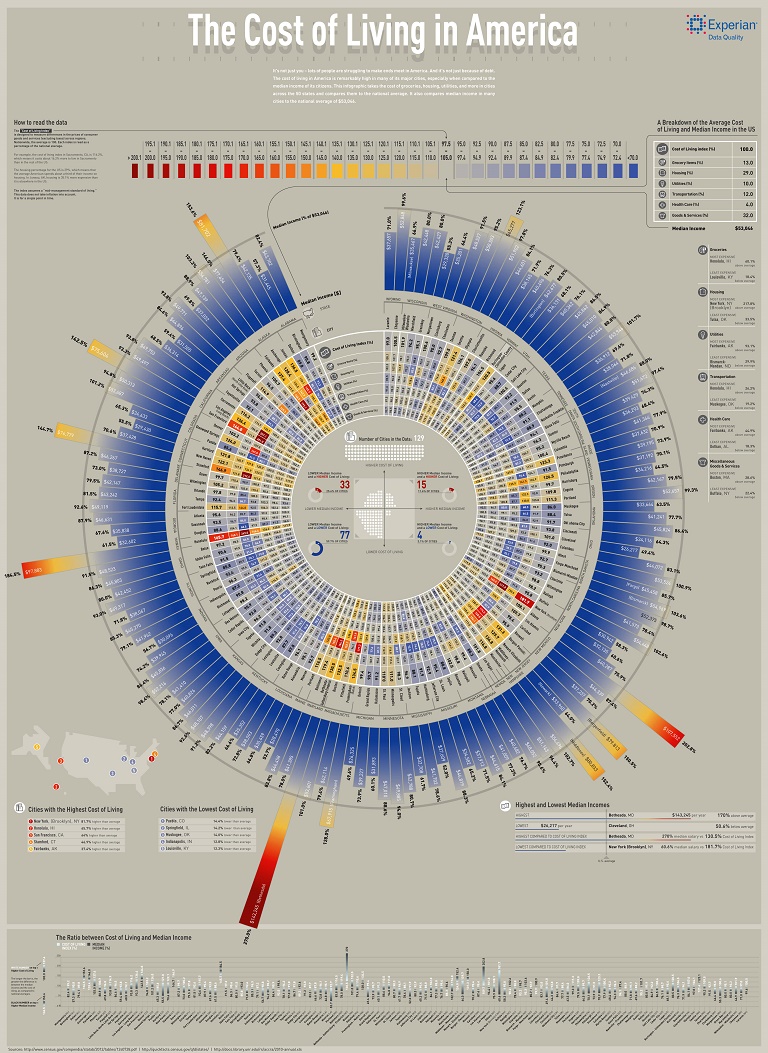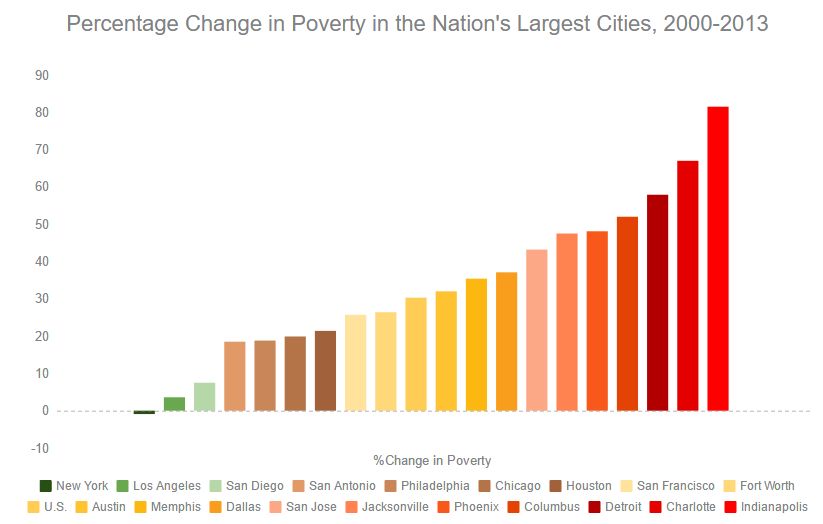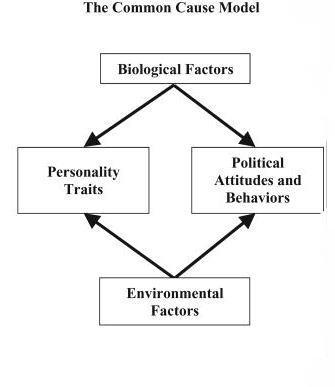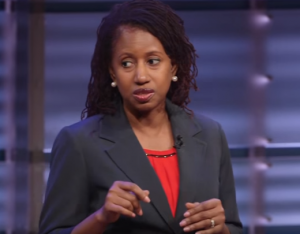None of the freedoms spelled out in our Constitution were put there so people could cast uninformed ballots out of some misplaced sense of civic duty brought on by a celebrity guilt-trip. The right to assemble, to protest, to speak freely — these rights were included to help assure that the best ideas and the best candidates would emerge from the most transparent process possible.
Workhorse Mike Rowe is at it again, milking another sacred cow to expose its infertility. The latest installment in his ever-fresh responses to viewer mail is about rights vs. duties and whether get-out-the-vote (GOTV) efforts are worthwhile or even potentially damaging, especially when targeted at people who are unaware or incapable of articulating their own political and economic perspectives.
Rowe, the star of “Dirty Jobs” and the founder of MikeRoweWorks, a scholarship program that helps people prepare for jobs that exist (think vocational and trades jobs), rather than prepare for jobs that don’t exist (think “liberal arts careers”), tells reader “Jeremy” that “the truth is, the country doesn’t need voters who have to be cajoled, enticed, or persuaded to cast a ballot. We need voters who wish to participate in the process.”
He compares the “right to vote” to the Second Amendment, which while accurate is often misunderstood, perhaps because the Second Amendment is in the original Bill of Rights enumerated by the Founding Founders whereas “the right to vote” is developed in later amendments, including the 15th and 19th amendments, which gave women and African-Americans the explicit right to cast a ballot.
In the comparison, Rowe alludes to how he would conceivably regulate guns, which is for another discussion, but the point he rolls his argument down to is, in short, just because you can, doesn’t mean you should.
I’m afraid I can’t encourage millions of people whom I’ve never met to just run out and cast a ballot, simply because they have the right to vote. That would be like encouraging everyone to buy an AR-15, simply because they have the right to bear arms. I would need to know a few things about them before offering that kind of encouragement. For instance, do they know how to care for a weapon? Can they afford the cost of the weapon? Do they have a history of violence? Are they mentally stable? In short, are they responsible citizens?
Rowe also suggests putting GOTV pushers to the test.
Remember – there’s nothing virtuous or patriotic about voting just for the sake of voting, and the next time someone tells you otherwise, do me a favor — ask them who they’re voting for. Then tell them you’re voting for their opponent. Then, see if they’ll give you a ride to the polls.
In all, the moral of the story is if you’re going to exercise your right to vote, make sure you know what you’re voting for, not just what you’re voting against.
Read Mike Rowe’s entire response to voting rights vs. duties.

